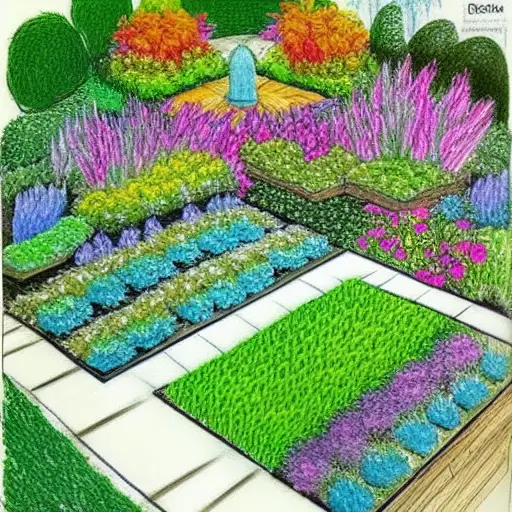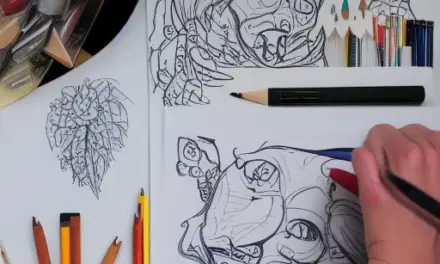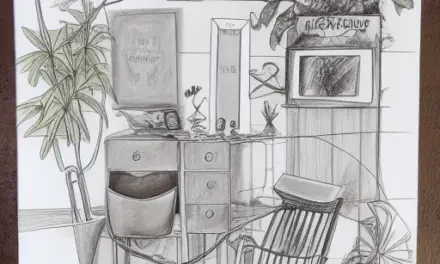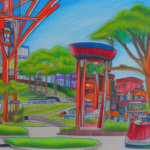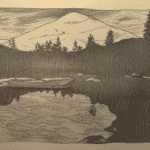If you have a small backyard, there are several design strategies that can help you maximize space and maximize your time. For instance, you can divide your garden into different zones to make it easier to maintain. You can also include a focal point to create visual interest. You can also make your small backyard a wildlife haven by creating an area with a habitat for butterflies and birds.
Create a “room” in a small backyard
If you’re designing a small backyard garden, one of the best ways to create an attractive and welcoming space is to set up a “room” within it. You can use containers and a variety of plant types to create a unique space that serves multiple purposes. A room can include hanging plants and window boxes, sculptures, and even a water or fire feature.
A garden “room” can be created in different ways, depending on the size and style of your property. For instance, you might want to create a shaded seating area, or a pergola that offers a view of your property. Other options include climbing vines and tree canopies. In a garden room, structure is more important than furniture.
In addition to adding an outdoor room to your garden, you can also install an outdoor kitchen in the area. You can also place a small garden room in an unused corner of your property. Alternatively, you can purchase a modular room in any size that meets your needs. It can also serve as a storage space for garden furniture.
Divide your garden into zones to make it easier to maintain
In the event your backyard is small and you’d like to make the most of its space, try to divide it into different zones. For instance, you may want to create separate areas for entertaining, relaxing and children. Each zone should serve different purposes and you should consider how each member of the family likes to spend time in the space. While some zones are better suited for children than others, it’s important to keep the children’s space separate from the adults’ space.
Use different materials and plantings to create distinct zones. For example, you could install a curved path to divide your yard into two lawns. One side of the pathway will lead to the seating area, which can be used during inclement weather. You can also add an outdoor room to the space for entertaining and relaxing.
Another effective way to create zones is to install an outdoor kitchen. A portable outdoor kitchen is especially useful for smaller spaces, as it can be quickly and easily moved from one area to another. Another way to create zones is to incorporate different levels within your small backyard garden. By doing so, you can create individual pockets of the garden and create a sense of privacy.
Create a focal point for interest
Using a focal point in your garden can be a great way to bring attention to an area. It can be a single plant, grouping of plants, or other object. You can also use a water feature, statue, or other man-made object as a focal point.
To create a focal point in your small backyard garden, you can use a conversational piece of art, a unique bench, or even salvaged car. The point is to draw attention to the focal point and add some personal flair. You can also use contrasting colors and textures, as well as accent lighting.
When creating a focal point, remember that you’re looking for a long-lasting visual interest in your garden. Choose plants with a long bloom time. Seasonal focal points are also a great option, but they need careful planning and maintenance to stay in good condition.
Create a haven for birds and butterflies
One of the best ways to attract birds and butterflies to your small backyard garden is by adding a birdbath. Birds and butterflies need fresh water everyday to stay healthy and warm. A birdbath will also serve as a great source of food for both species. Make sure to replace the water every three to five days to ensure that your birds and butterflies stay healthy.
Aside from bird feeders, you can add plants that provide shelter and nectar. Sunflowers, buddleja, wallflower, lavender, and other blooming plants will provide nectar for butterflies. If you don’t want to invest in flowers, you can add bird houses to your backyard fence line.
Insects need water too, and a birdbath is an excellent solution. You don’t need to build a big birdbath; all it takes is a large container in a sunny area. Birds will flock to it during the summer. Another great option is to add an insect box to your wall.
You can also place a bird feeder inside your home, which will attract the most butterflies and birds. Putting up a bird box is an activity that both kids and adults will enjoy. If you don’t have a birdhouse, try hanging some popcorn or orange slices on the branches of your tree.
Plant with evergreens
Evergreen trees are an ideal choice for small backyard gardens. They require minimal care, are often low-growing, and are easy to maintain. Choose an evergreen that will provide a natural barrier from extreme temperature swings, and that can survive in full sun. A little shade is fine, too.
Evergreens are important in a small backyard garden because they provide texture and color throughout the year. They also provide food and shelter for birds and other wildlife. You can find evergreens in many shapes, sizes, and colors, so you can choose a variety that is right for your space. You can also choose a shrub that can be divided into a variety of shapes and sizes for privacy and accenting purposes.
Another great choice for a small backyard garden is an euonymus. This shrub is deer resistant, hardy, and spreads over a small area. This shrub has white flowers in summer and will attract butterflies and hummingbirds to your garden. You can choose one of the varieties from your local nursery or purchase one online.
Create a vertical garden
If you have a small backyard garden, there are several ways to create a vertical garden. You can use an old ladder, for example, and use the rungs to hold individual pots or planter boxes. You can plant a variety of flowers or vegetables in this way, and you can display your garden anywhere in your home. Vertical gardens require some maintenance, including watering and fertilizing. You may also need to deadhead some plants, which can be expensive.
A vertical garden can be used in small backyard gardens, patios, and terraces. They can be created using native plants, or even exotic ones. If you’re a beginner, you can start small by growing strawberries in shallow containers. You can also use gutter planters for this project, as strawberries grow quite well in these types of containers. Another idea is to use different-colored pots for a more vibrant look.
Repurposed Mason jars are another great option. Plant useful herbs in these jars. You can line the jars with pebbles to keep the soil from getting soggy. Then, attach them to a wall or fence for extra support. Once the jars are attached, label them with chalk for an attractive look.
Create a shady area
Shade-tolerant plants can make your small backyard garden stunning. If you’re unsure of what type of plants to grow, consider combining several types into one container. Shade-tolerant flowers are especially attractive because they attract pollinators. When choosing plants for your shady garden, keep in mind the climate and soil. For example, some plants need full sun to thrive, while others thrive in partial shade.
If you want to maximize your small backyard space, you can create a shady area by adding shade-loving plants and salvaged landscaping materials. For example, a bench and flowers can add a splash of color to an otherwise drab space. Adding some hostas will add another pop of color to this area. Remember that shaded areas can be dark at night, so you’ll want to choose a color scheme that is soft and relaxing. White flowers, for example, will guide garden visitors after sundown.
A well-drained, nutrient-rich soil is the key to successful shade gardening. In addition to a well-drained soil, you should add organic matter to your shady space. This will make it easier for plants to thrive in this area. Dense shade is the most difficult type of shade, so you’ll need to add lots of organic matter to your soil to make it more suitable for growing.

